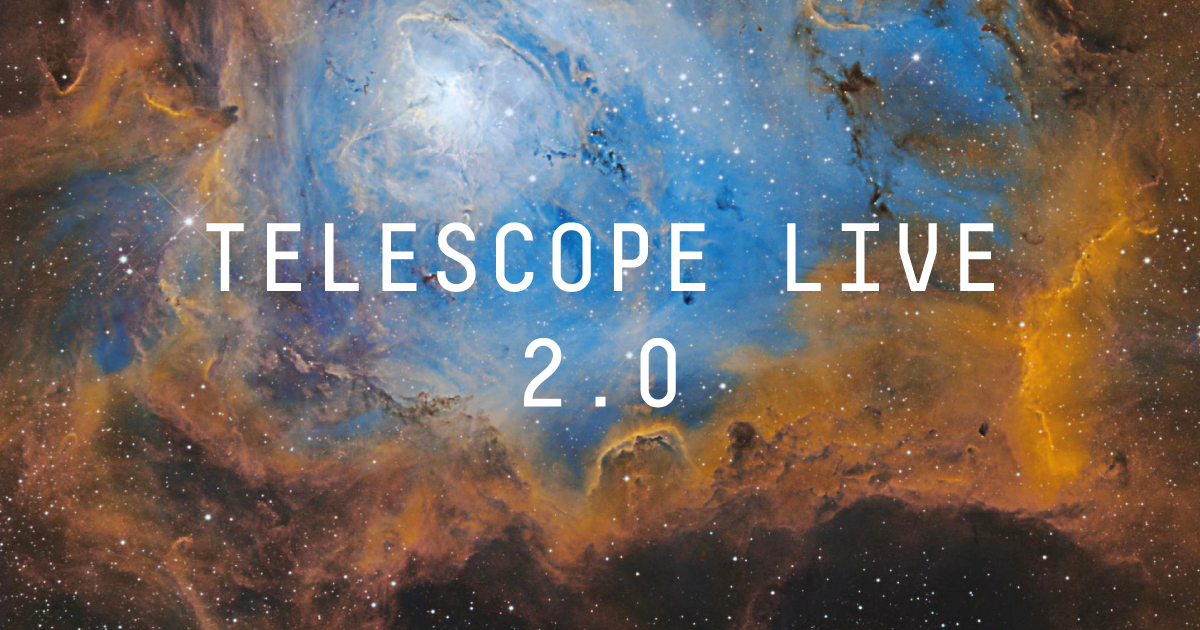Table of Content
The telescope comes with an additional two-year warranty and unlimited access to expert technical support. The telescope is versatile and could be enjoyed by the whole family.
All-glass optical components with high transmission coatings for enhanced image brightness and clarity and stars. They don’t require collimation, they’re lightweight and compact, and they cool down quickly. Reflector telescopes provide good value for the money, but they do require collimation and will likely need a coma corrector.
BUYING GUIDE WHEN FINDING BEST TELESCOPE FOR DSLR ASTROPHOTOGRAPHY
Automatic tracking is a dream for astrophotographers who can take steady long exposures for post-shoot stacking to take stunning images. It's not a budget scope by any means, but if you're looking for a telescope that comes from a trusted brand that is highly portable, this one is worth a look. Usually used for exposures longer than 60 seconds to offer compensation for minute amounts of drift and tracking errors. Telescope portability will impact convenience and ultimately your satisfaction with the astrophotography experience.
It fits into a Barlow lens for placement into the eyepiece holder to increase magnification. Motorized drives– enables a computer and the user to drive the telescope continuously to track the stars. The mount is simple and easy to use, but doesn’t track star movements. It produces a zigzag motion instead of a smooth arc across the sky when trying to follow star movements.
Best telescopes for deep space in 2022
Dobsonians are very simple to use and can easily be pulled into orientation when looking at astronomical objects. If you're not confident in navigating your telescope though, then GoTo or computerized Dobsonians and Newtonians are on the market — but at a higher cost. Shorter focal lengths, say of about 20 inches , will provide a field of view for you to take in large areas of the Milky Way and showpieces such as the Pleiades and Orion Nebula . Meanwhile, high-power objects like the moon, planets or double stars need a telescope with a longer focal length of about 80 inches . Given the wide-angle sights the Stellina offers, this telescope isn't ideal for studying the planets, although the views are fair.

The HEXEUM Reflector Telescope is a high-definition imaging tube that lets you see more clearly. It is made of aluminum alloy, and the tripod touch ad-stable design makes it easy to use. He's also a long-time fan of science, technology and astronomy. Over the past five years, he has used his knowledge of astronomy to review over a dozen telescopes for buyers interested in learning more about what's available for amateur astronomers.
Best Telescope For Astrophotography
Select a thing, and the telescope will locate it in the night sky and track it as it moves. It is a comp t, lightweight, and portable telescope that is ideal for adults and children to use together. It's easy t transport almost anywhere—your favorite campsite, a dark sky observing site, or even your backyard. Gskyer Telescope, Telescopes for Adults, 80mm AZ Space Astronomical Refractor is an ideal choice for astronomers and hobbyists alike. This 80mm AZ Space Astronomical Refractor Telescope features a fully coated German T optics glass lens, providing clear and bright images of the night sky.
【Adjustable Tripod】This telescope allows for many different viewing positions with a adjustable tripod. However, this model doesn’t come with a mount, so you’ll have to purchase one separately, adding several hundred dollars to the cost. Additionally, this model cannot be used with a focal reducer, limiting its use in certain types of astrophotography. Your choice of telescope comes, in part, down to what kind of astrophotography you want to do.
What you Need to Start Imaging
When the bullseye turns green, it’s ready to view in the telescope’s eyepiece. Unleash the power of your smartphone to take you on a guided tour of the night sky—no telescope experience required. Because of the added magnification the eyepiece provides, your phone can snap some truly breathtaking shots of the Moon and the planets.
A mid-priced telescope – something between $700 and $1,500 – will get you a decent, entry-level astrophotography telescope that you’ll likely be happy with for a long time. This means you can take much shorter exposures, capturing quality shots of the moon, planets, and other bright celestial objects. Still, given that most decent entry-level astrophotography telescopes run about $1,500, you’ll have a lot of wiggle room for buying the components you really want. The following telescopes are all excellent for astrophotography, beginner-friendly, and offer a good balance of price and performance. Whether you’re a newcomer to night sky photography or an experienced astrophotographer, this guide is here to help you find the best telescope for your needs.
However, unstable atmosphere can reduce the 50x to 30x or 20x the aperture size. On the converse, a steady atmosphere could raise it to 70x or even 100x, but it’s rare. Vi) Barlow Eyepieces – used with another eyepiece to increase magnification twice or thrice. It’s economical and offers good eye relief when used with an existing eyepiece.
The 5-inch primary mirror aperture is enough to give you plenty of light for 400x viewing, and we found the color balance and contrast to be excellent. DSLR astrophotography is the perfect way to capture stunning images of the night sky. But if you're new to the hobby, your first telescope may not be the best choice. That's where our best telescope for dslr astrophotography comes in.
The best individual frames from the video file can then be extracted and stacked to produce an image with remarkable detail. While others, like a small spiral galaxy, may be so small from our vantage point on earth that they appear as a small smudge even at high magnification. This method also creates less-than-sharp images, as there’s more opportunity for camera shake. The only way to change it is by adding a Barlow lens to increase it or focal reducer to reduce it.

No comments:
Post a Comment